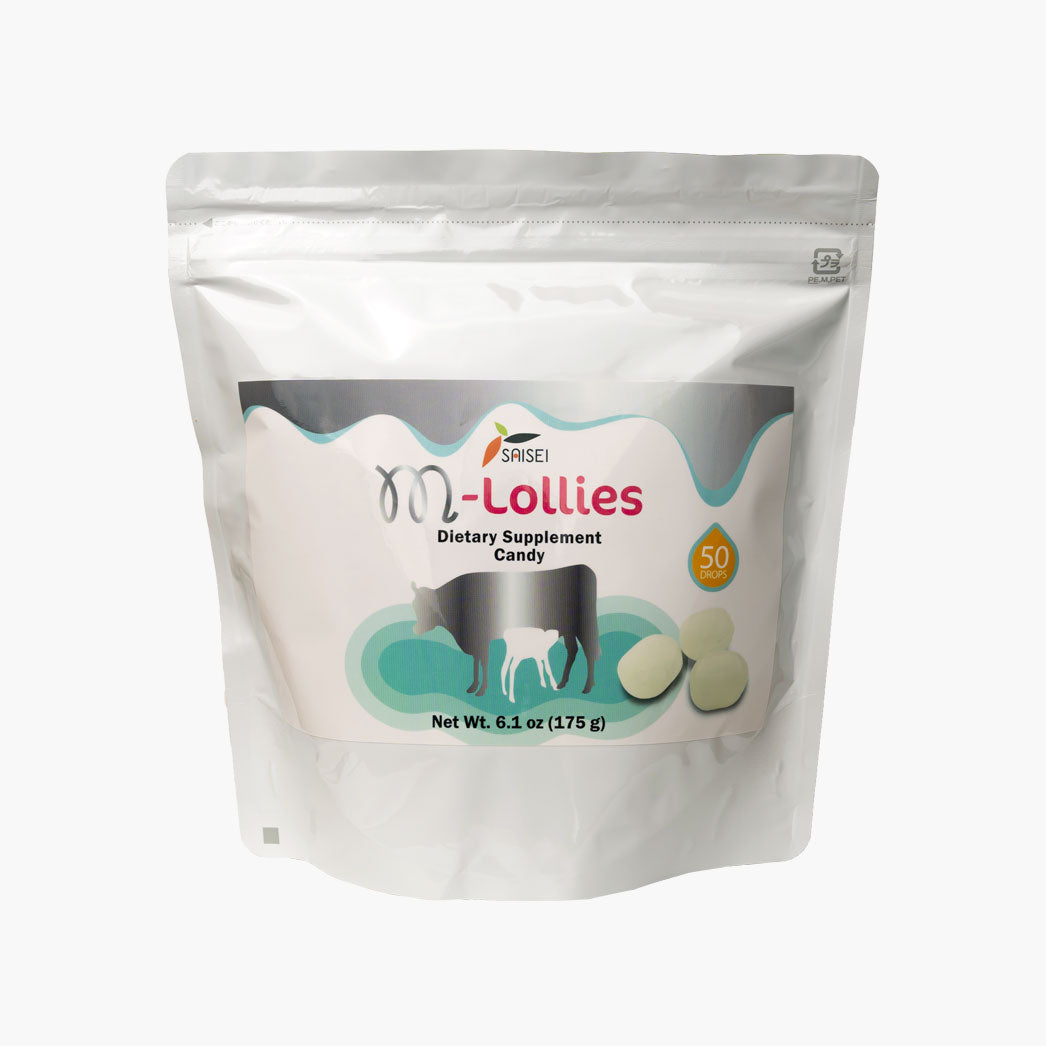
What is GcMAF?
GcMAF stands for Gc protein-derived macrophage-activating factor.
What are Macrophage functions?
Macrophages have very important functions such as
phagocytosis of pathogens, removal of dead or dying cells, and scavenging cellular
and other debris. They play a critical role in adaptive immunity, wound
healing, tissue repair, and regeneration.

Macrophage phagocytosis
Macrophages have an amazing
ability of detecting, engulf and destroy pathogens which are shown in this diagram.
Macrophages have an amazing ability of detecting,
engulf and destroy pathogens which are shown in this diagram.
Steps of a macrophage ingesting a pathogen
a. Ingestion through phagocytosis, a phagosome is formed
b. The fusion of lysosomes with the phagosome creates a phagolysosome; the pathogen is broken down by enzymes
c. Waste material is expelled or assimilated (the latter not pictured)
Parts: 1. Pathogens, 2. Phagosome, 3. Lysosomes, 4. Waste material, 5. Cytoplasm, 6. Cell membrane

You can also see what phagocytosis looks like under the microscope in the picture on the left . The purple color is mice macrophages activated by GcMAF. They are phagocytizing (ingesting) opsonized red blood cells which are clear in color. It is indicated by the arrows. We use these cells for our phagocytic assay to measure the activity level of GcMAF.
*Phagocytosis assay with Second Generation GcMAF. Arrows indicate cells internalized by macrophages.

Our view on M1 and M2 macrophage theory
Many people have asked our opinion about M1 and M2 macrophages. In our opinion, M1 and M2 macrophage theory sound good, but it doesn’t match the clinical facts very well. Until 2000, Macrophages had been classified into M1 and M2 macrophages. In 2004, macrophages were classified into types, M1, M2a, M2b, and M2c. In 2014, macrophages were classified into 7 types, and then later there were more types added. According to Professor Hori of Tokushima University, it isn’t possible to classify macrophages into only M1 and M2 types because macrophages are moving like amoebas, having more than 1000 antigens on their cell surface.

Where do macrophages exist?
Nature Reviews Immunology 11: 723-737, 2011.
In this diagram, you can see how macrophages exist in
nearly all tissues throughout the body, such as the brain, the skin, the lungs, and the gut. We would like to emphasize how important tissue-resident macrophages are in terms of tissue repair, regeneration and rejuvenation of damaged or even normal tissue.
How is GcMAF used?
- Anti-aging
- Longevity
- Cancer
- Autism
- Infectious diseases
- Skin rejuvenation
- Hair regrowth
- Allergies
- Chronic fatigue syndrome (CFS)
- Multiple sclerosis (MS)
- Rheumatoid arthritis (RA)
- Leaky Gut Syndrome
Our hypothesis of GcMAF and Oral MAF
When a person’s immunity is weak, it takes longer to recover from mental and physical exhaustion and feelings of tiredness remain. Immunity is also affected by stress and tiredness.
How can GcMAF promote anti-aging?
Our hypothesis of GcMAF and Oral MAF is that they could increase the number of young stem cells of macrophages in the blood and tissues, and they could work for the rejuvenation of each tissue, having young and active innate cellular immunity.

GcMAF stands for ‘Gc protein-derived Macro-phage Activating Factor.' We, at Saisei Mirai, are proud to work with six Japanese universities to advance our research in the field of health and medicine.
In Japan, we proudly offer five
distinct types of GcMAF,
each with its unique purpose and potential: Old GcMAF, Serum GcMAF, Autologous GcMAF, Exciting Dietary MAF, and Recombinant MAF.
Old GcMAF,which was the first generation GcMAF, utilized a vitamin D3 affinity column repeatedly in a shared environment. This method carried the risk of cross contamination and is no longer available.
We have shifted our focus to newer generations of GcMAF which includes Serum GcMAF,
Autologous GcMAF, Dietary MAF, and Recombinant MAF.
New Generation GcMAF (Oral GcMAF)
We now have 3 forms of Dietary MAF – enteric acid-resistant capsules, candy and powder.
Where does Dietray MAF target?
MALT (Mucosa-Associated Lymphoid Tissue) constitutes the most extensive part of the human lymphoid tissue. The components of MALT are subdivided into GALT (Gut-Associated Lymphoid Tissue), BALT (Bronchus-Associated Lymphoid Tissue), Waldeyer's tonsillar ring and so on. These are the largest macrophage pool in the body. Many diseases are connected to MALT. Oral MAF is aimed at directly activating the huge number of macrophages in these sites.
Is Dietary MAF beneficial for Gut Immunity and Leaky Gut Syndrome?
Yes, Dietary MAF is very important. Gut bacteria have an intricate relationship with our immune system and they play a critical role in training immune cells. The gut is surrounded by the largest concentration of immune tissues in the body. An increase in the permeability of the gut lining, and an imbalance in the gut flora, have powerful impacts on the immune system. So this is why Dietary MAF is very important. Gut Immunity and Leaky Gut Syndrome are also considered to be connected to Autism and Autoimmune diseases.


